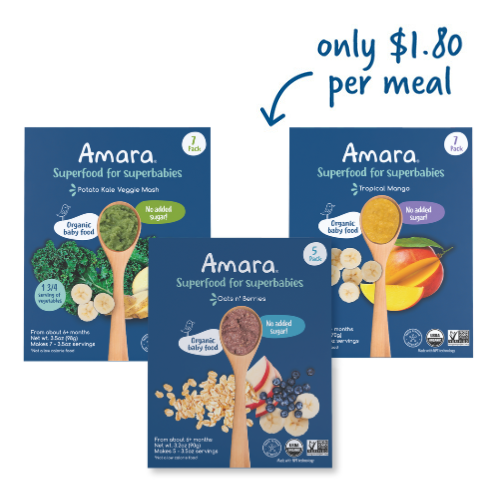
For those moms who decide to breastfeed, it can be such a powerful, beautiful experience—and an amazing bonding activity—between mothers and babies. But not without its complications. Many moms experience difficulties—i.e., too low or too high of a milk supply; soreness and pain; plugged ducts, mastitis, and infections, among others. A key problem many women experience is getting babies to latch properly.
As Courtney Miller, RN, BSN—a breastfeeding educational expert and member of the International Board of Lactation Consultant Examiners—explains, a deep latch is critical for efficient milk transfer—and for the mom’s comfort! So, today, we bring you several practical suggestions for the best latch, courtesy of Courtney and other specialists.
As you work on breastfeeding with your baby, just remember: like all things in parenthood, this may take some time and practice! If you don’t get that good latch the first time, take a deep breath, take a sip of water, and give it another go.
Here are some pro tips from Courtney. (Check Courtney out @thebetterboob!):
- Before doing anything else, get comfortable (yes—you, the mom!).
- Bring your baby to you, instead of you to them.
- Bring your baby’s belly to your belly or breast.
Courtney shares that once you have positioned your little one in a way that maximizes their ability to latch, you then need them to open their mouth wide. Why? Because to remove milk from your breast, babies need to use their jaw and cheek muscles, not just their lips! So, it’s very important to wait for a nice big open month. In other words, your baby should be ready to take a big bite out of a hamburger (which will translate to your breast)—or in other words, their mouth should open wide around your breast areola, not just your nipple.

To encourage a wide-open mouth, try these tips from Courtney:
- Rub your nipple from your baby’s nose to their chin, ‘teasing’ the baby. Then, take your baby slightly away from your breast. This will entice them to open up nice and wide. You don’t have to move much; Courtney recommends moving your baby’s mouth less than a centimeter away—just enough that the nipple isn’t touching.
- Aim their nose at your nipple.
- Wait for that wide open mouth.
- Lead with your baby’s chin.
- Use an ‘up and over’ motion.

Here is a great video demonstrating this.
Here are some other latching suggestions from WIC, La Leche League, and other breastfeeding experts:
- If your baby latches just on the tip of your nipple and/or it hurts when your baby latches, gently put a clean finger in their mouth to break the latch. Then try again. It shouldn’t hurt when they latch (i.e., a wide-open mouth latching on the areola won’t hurt.)
- Another sign the latch isn’t the best? Clicking noises. In this case, the baby is just sucking on the nipple instead of the entire areola. Instead, you want to see their jaw working (in a circular motion) all the way back to their ears. Their little temples should wiggle, and you should be able to hear them swallowing.
- A sign the latch was good? Your baby concludes their feeding with signs of satiety/satisfaction: they look relaxed; they ‘fall’ off the breast; they have open little hands; and/or they fall asleep.
- Align your baby so that their chest and stomach rest against your body. This way, your little one’s head is straight, not turned to the side.
- Gently squeeze a few drops of your breast milk onto your breast right before you try to get your baby to latch. The smell and taste of your milk can encourage them to want to feed (and latch properly to do so!).
- Another tip: your baby’s head should be tilted slightly back. You do not want their chin to sink into their chest.
- When possible, breastfeed in a calm, quiet, and dark/dim place. That will help you and the baby feel relaxed.
- Learn to recognize your baby’s early feeding cues so you have time to get in a good position before they become ‘hangry.’
- Avoid using scented products on your nipples. The natural scent of your breasts will encourage your baby to latch. You can simply wash your breasts with warm water, using your breast milk as balm to soothe dry or sore nipples.

At Amara, we care deeply about breastfeeding—and feeding in general!—because we want great nutrition for our little ones from their earliest months onward. Our baby blends, designed for 5+ months, are made from whole, organic fruits, vegetables, and grains, sourced directly from growers. Our patent-pending pressure protected technology locks in the taste, texture, and nutrients of the fresh fruits and veggies by gently removing the water. Then we grind down the ingredients. The result? Simple food powders with no additives—just REAL ingredients like black beans, corn, kale, mango, strawberry, pumpkin, pear …. You know—REAL foods! And all you do, as the parent, is add 4-5 tablespoons of breastmilk, formula, or water to the powder, stir, and serve to your baby!
Do you have any breastfeeding tips to share with other moms?







Leave A Comment